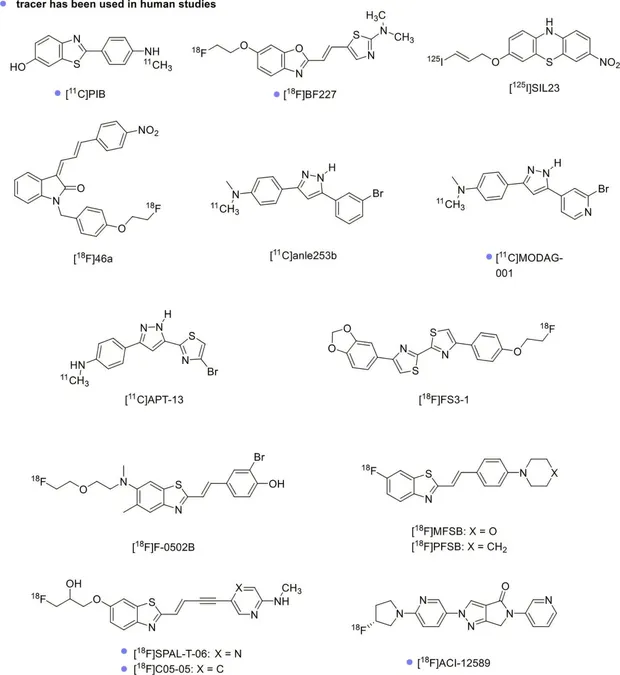
Breakthrough in PET Imaging Paves the Way for Early Parkinson's Diagnosis
2025-04-30
Author: Wei
Revolutionizing Parkinson's Disease Detection
In a groundbreaking study published in *Genomic Psychiatry*, scientists from Fudan University and Shanghai University of Traditional Chinese Medicine unveil exciting new developments in positron emission tomography (PET) technology. This innovative imaging technique enables the visualization of -synuclein protein aggregates in the brains of patients suffering from Parkinson's disease and other related neurodegenerative disorders.
The Challenge of Early Diagnosis
Parkinson's disease (PD), along with multiple system atrophy (MSA) and dementia with Lewy bodies (DLB), are all classified under synucleinopathies, marked by the pathological accumulation of the -synuclein protein. Historically, confirming these aggregates required invasive post-mortem examinations, which significantly hindered early diagnosis and effective treatment.
A Game-Changer in Neurodegenerative Research
According to Dr. Fang Xie, a leading researcher at Huashan Hospital, this advancement in imaging technology represents a monumental leap for neurodegenerative disease research. "Having a reliable radiotracer to non-invasively map synucleinopathies through PET imaging promises to transform early diagnosis and treatment monitoring," he emphasizes.
Promising Advances in PET Tracers
The article meticulously details the latest breakthroughs in PET tracer development. Notable candidates such as [18F]F-0502B, [18F]C05-05, and [18F]ACI-12589 have shown promising results in distinguishing patients with synucleinopathies from healthy individuals. For instance, [18F]C05-05 succeeded in visualizing synucleinopathies in patients diagnosed with PD or DLB, demonstrating increased binding in the midbrain–a key area impacted by these disorders.
The Challenge of Diversity in Imaging Agents
However, the authors caution that challenges persist in creating optimal imaging agents. The varying distribution and structure of -synuclein aggregates complicate the design of universally effective tracers for diverse synucleinopathies.
Potential Impact on Personalized Medicine
The implications of these advances are vast. Could these imaging tools lead to more tailored clinical trials based on individual pathology? Might they serve as vital biomarkers for evaluating new treatments that target the aggregation of -synuclein? These prospects underscore the significant potential this technology holds for advancing personalized medicine in neurodegenerative diseases.
The Future of Diagnosis and Treatment
As the global population ages, the incidence of neurodegenerative disorders is on the rise. The development of reliable imaging biomarkers for synucleinopathies could revolutionize diagnosis and treatment strategies, ideally allowing interventions before irreversible damage occurs, as highlighted by Dr. Yingfang He, the study's lead author.
In summary, the rapid progression of laboratory discoveries to clinical applications marks a promising future for the diagnosis and management of devastating neurodegenerative disorders, poised to alter the landscape of patient care.

 Brasil (PT)
Brasil (PT)
 Canada (EN)
Canada (EN)
 Chile (ES)
Chile (ES)
 Česko (CS)
Česko (CS)
 대한민국 (KO)
대한민국 (KO)
 España (ES)
España (ES)
 France (FR)
France (FR)
 Hong Kong (EN)
Hong Kong (EN)
 Italia (IT)
Italia (IT)
 日本 (JA)
日本 (JA)
 Magyarország (HU)
Magyarország (HU)
 Norge (NO)
Norge (NO)
 Polska (PL)
Polska (PL)
 Schweiz (DE)
Schweiz (DE)
 Singapore (EN)
Singapore (EN)
 Sverige (SV)
Sverige (SV)
 Suomi (FI)
Suomi (FI)
 Türkiye (TR)
Türkiye (TR)
 الإمارات العربية المتحدة (AR)
الإمارات العربية المتحدة (AR)